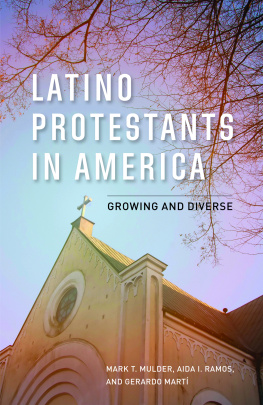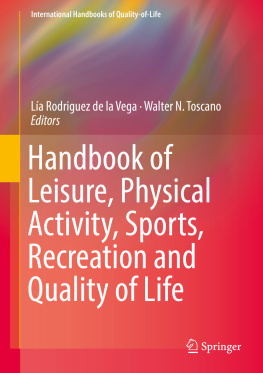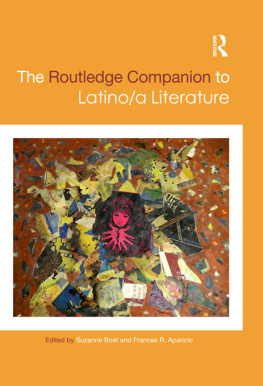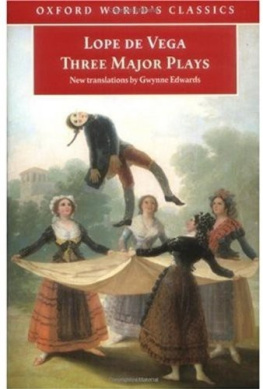NEW YORK UNIVERSITY PRESS
New York and London
www.nyupress.org
2015 by New York University
All rights reserved
References to Internet websites (URLs) were accurate at the time of writing. Neither the author nor New York University Press is responsible for URLs that may have expired or changed since the manuscript was prepared.
ISBN: 978-1-4798-6453-9 (hardback)
ISBN: 978-1-4798-9604-2 (paperback)
For Library of Congress Cataloging-in-Publication data, please contact the Library of Congress.
New York University Press books are printed on acid-free paper, and their binding materials are chosen for strength and durability. We strive to use environmentally responsible suppliers and materials to the greatest extent possible in publishing our books.
Manufactured in the United States of America
10 9 8 7 6 5 4 3 2 1
Also available as an ebook
This book is dedicated to my parents, Miguel y Theresa Vega, and the countless other immigrant families who struggle, persevere, and make home in places that are not always welcoming. Sigan luchando, sigan ganando, sigan mejorando el mundo!
Pioneering Ownership of Greater Lafayette
I met Mercedes at her home on a crisp spring morning. It had been a year since she and I had first met and developed an immediate connection. We were both daughters of Mexican immigrants, both college-educated, both trying to understand the latest arrivals to Greater Lafayette. Throughout 2006 and since then, my personal and professional friendship with Mercedes grew. We attended birthday parties and aqua-aerobics together. I went to her bridal shower, wedding, and baby shower and got to know several of her family members. Because both of us worked for the school district, she as an English as a New Language (ENL) teacher and I as a Hispanic Outreach Coordinator for the local high school, we often collaborated on school field trips for our Latino students and discussed how best to address student needs. By early 2007, I was starting to write and reflect about what the community had taught me over the past few years and to lay the foundations for this book. Mercedes, now married and proudly carrying her newborn baby boy, wanted some adult time and to find out how the project had developed.
As the granddaughter of one of the first Mexican workers who settled in Lafayette, Indiana, in the 1950s, Mercedes viewed work on this book with personal and pedagogical interest. Her father was raised here, she was born here, and now she sat across from me rocking the fourth generation of Sandovales who would call central Indiana home. Working toward her masters degree in literacy, culture, and language education, Mercedes was fully aware of the value of collecting Latino narratives in the Midwest. Conscious of the stories, struggles, and accomplishments laced throughout her familys history in this town, Mercedes brought that experiential knowledge to the classroom to connect with and encourage her students, the most recent Latinos to arrive in central Indiana.
With her maternity leave over and my writing just beginning, our time with each other was less frequent. We scheduled a time to meet and check in with each other, and as is often the case with two academics, casual conversation veered eventually toward the research. Mercedes asked about my writing and what I was planning to include. I responded by bringing up belonging as a possible direction for a chapter. We talked about moments throughout the past year when Latino residents exhibited notions of belonging that were ignored in the national debate. I pointed to the graduation sash displayed in Mercedes living room as an example of this type of belonging that often went overlooked in strict assimilation narratives. Mexican flag colors made up the right part of the graduation sash while the left side had red, white, and blue stitched on it; Mercedes explained that she had asked a local seamstress in town to make these sashes for her and her friends to wear on their graduation from Purdue University five years earlier. We spoke of the sashes, the public displays of ethnic religiosity, the immigrant marches, and the basic yet critical ways her own family unapologetically lived out their ethnic Mexican and American lives in this midwestern landscape.
Seeking her input and curious to see if I was accurately reflecting the local feelings of Lafayettes Latino community, I asked Mercedes what she thought about belonging as an approach toward understanding the local dynamics. Mercedes confidently responded with a resounding, Not only do I belong, but I feel a certain sense of ownership because of my family. We were the pioneers. Asserting ownership of Lafayette, Mercedes declared historical lineage and a legacy of established belonging to the area. Without missing a beat, she asserted herself as a resident and pioneer of the community regardless of the ethnic claims she still held on to. Notably, feelings of belonging, of claiming a right to exist and to be included in the moniker of we in local and national contexts, was not limited to English-speaking pioneer families. Spanish-speaking Latino residents encountered moments of tension and denied belonging; still, new and established families exhibited a resiliency to claim community in the face of exclusion. Instead of accepting the multiple obstacles that limited their incorporation, Latinos invested in their own conceptualizations of a midwestern home.
Though they may not have had the pioneering lineage of Mercedes family, Latino families found other means of connecting to the local Central Indiana provided a steady income, a lower cost of living, and more time to spend with family to enjoy la naturaleza and tranquility so many appreciated. Opportunities to connect with one another and enjoy the midwestern landscape provided many families with their sense of belonging and ownership. Their homes, their families, their memories were here in central Indiana, and no politician or national debate could take that away from them.
La Naturaleza, the Fall foliage of Central Indiana. Photo by author.
Guided by an earlier research project I had conducted on the ethnic appropriation of space in the Pilsen/Little Village area of Chicago, I was drawn to Greater Lafayette as a site for comparative analysis in a new, nontraditional destination. My introduction to this river valley came in 2001. At the time, I was dating a young man who was attending Purdue Universitys American Studies program. Though the campus itself existed in West Lafayette, my partner chose to live east of the Wabash River, where his graduate student income could stretch further.
Because of my own affiliation with the University of Illinoiss Anthropology program, I initially lived primarily in the Champaign-Urbana, Illinois, area and visited Greater Lafyaette nearly twice a month on the weekends. During these brief visits I drove around town and began developing initial contacts in the community. Even during this early exposure, it was immediately evident to me that Greater Lafayette existed as two very distinct midwestern cities. West Lafayette was a classic college town catering to university students and faculty. Across the Wabash River, State Street transformed into South Street and almost immediately revealed a class distinction between the two towns. The towngown divide was apparent. Grocery stores, shopping districts, and residential neighborhoods were noticeably different on the West Side. In Lafayette, multiple Spanish-surname car dealerships,













